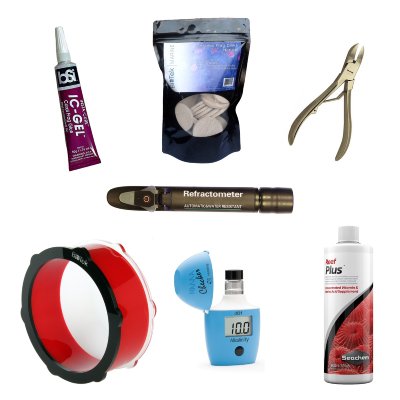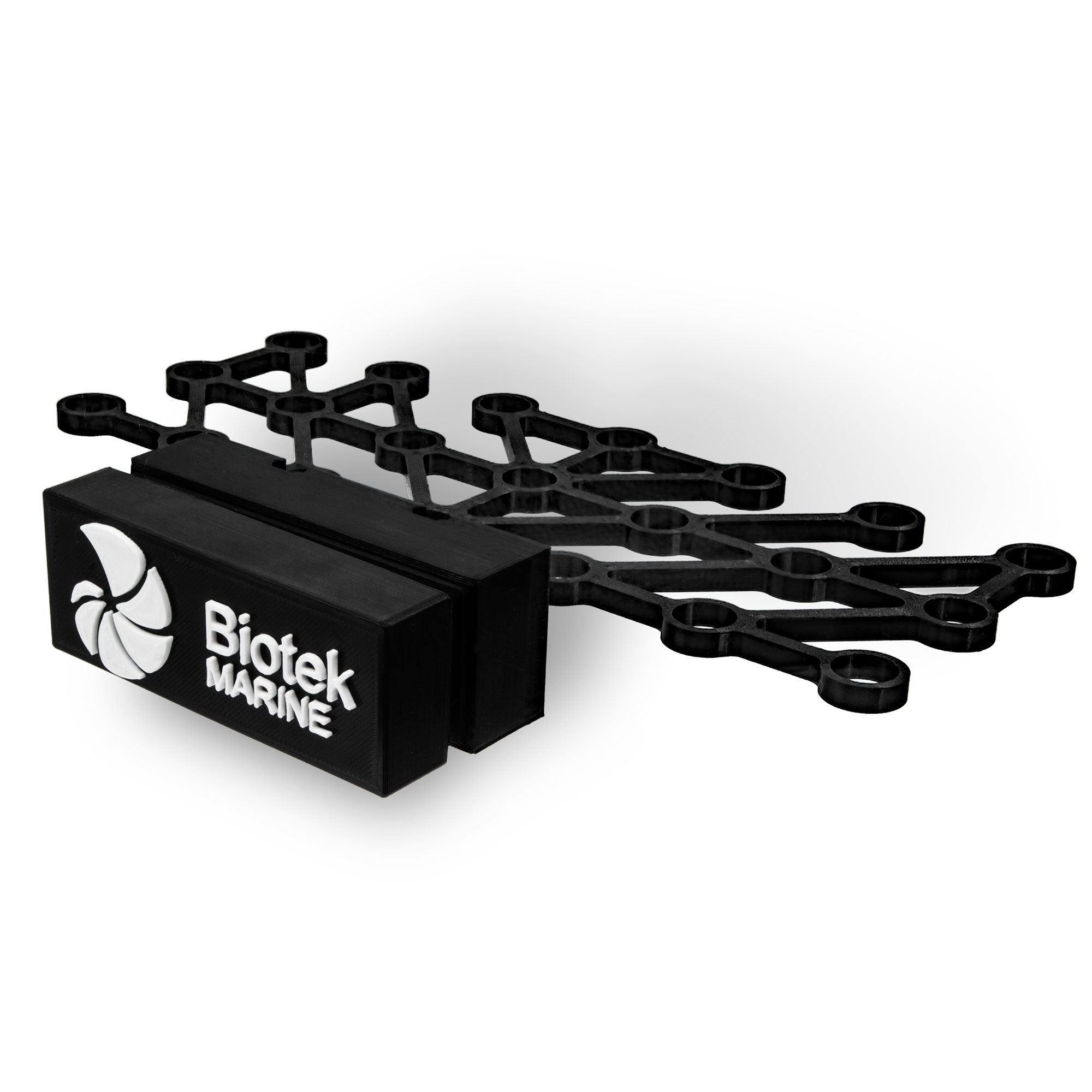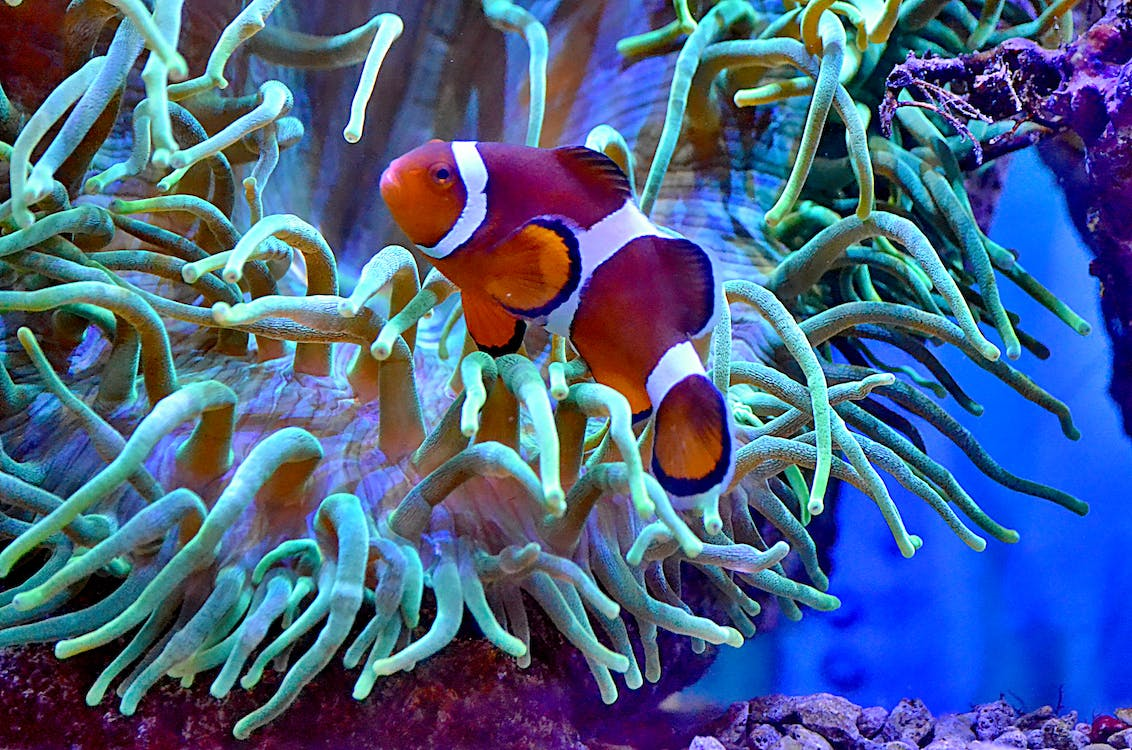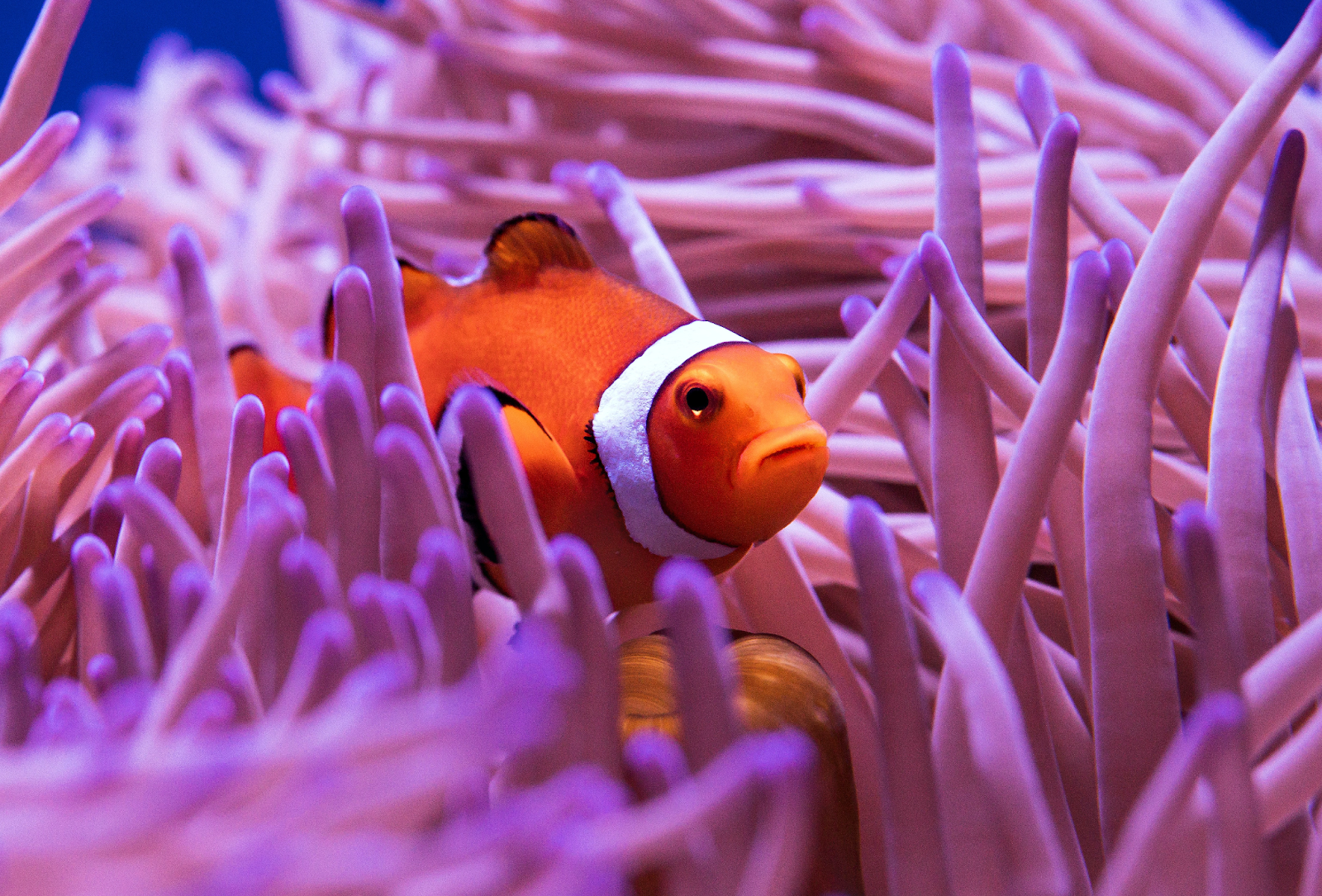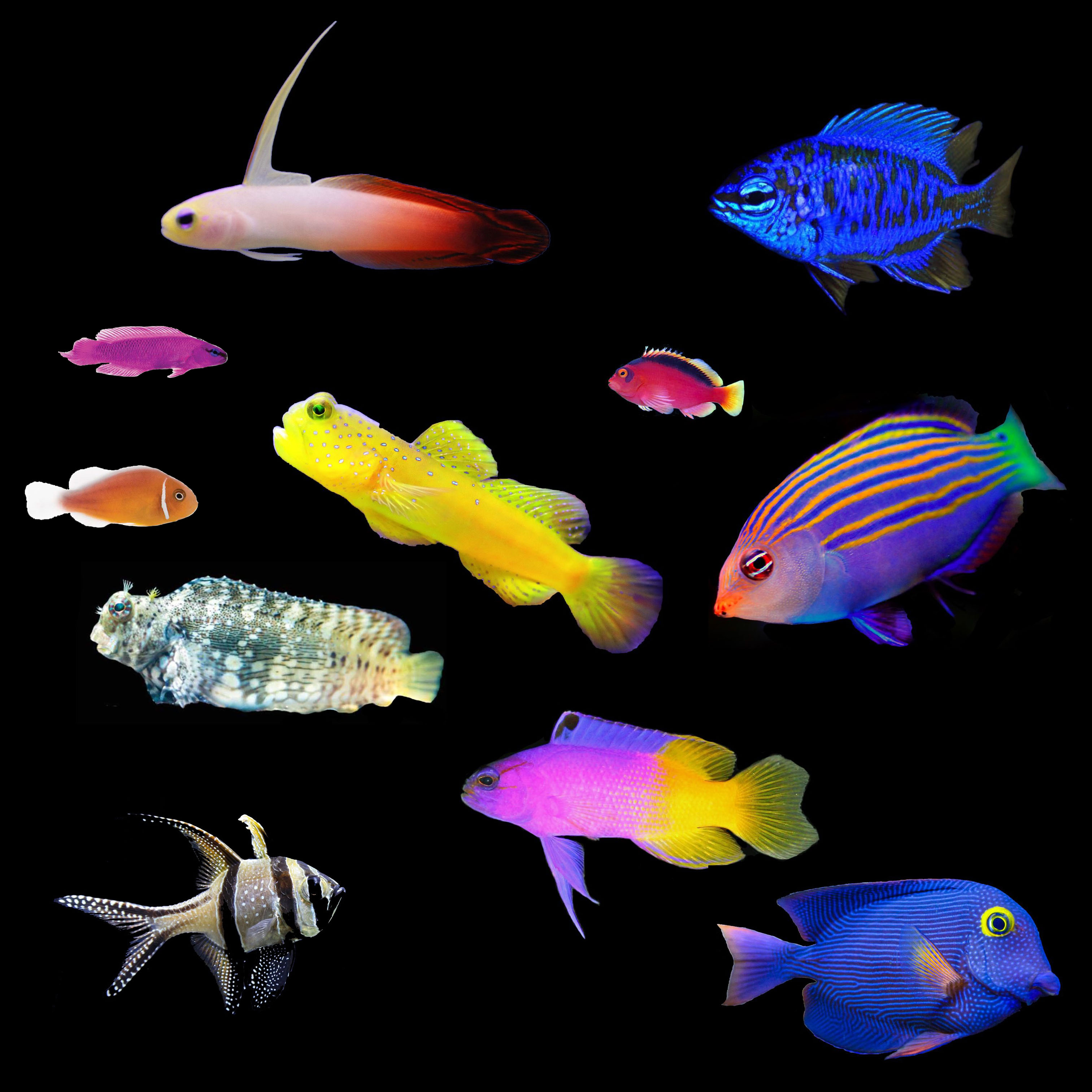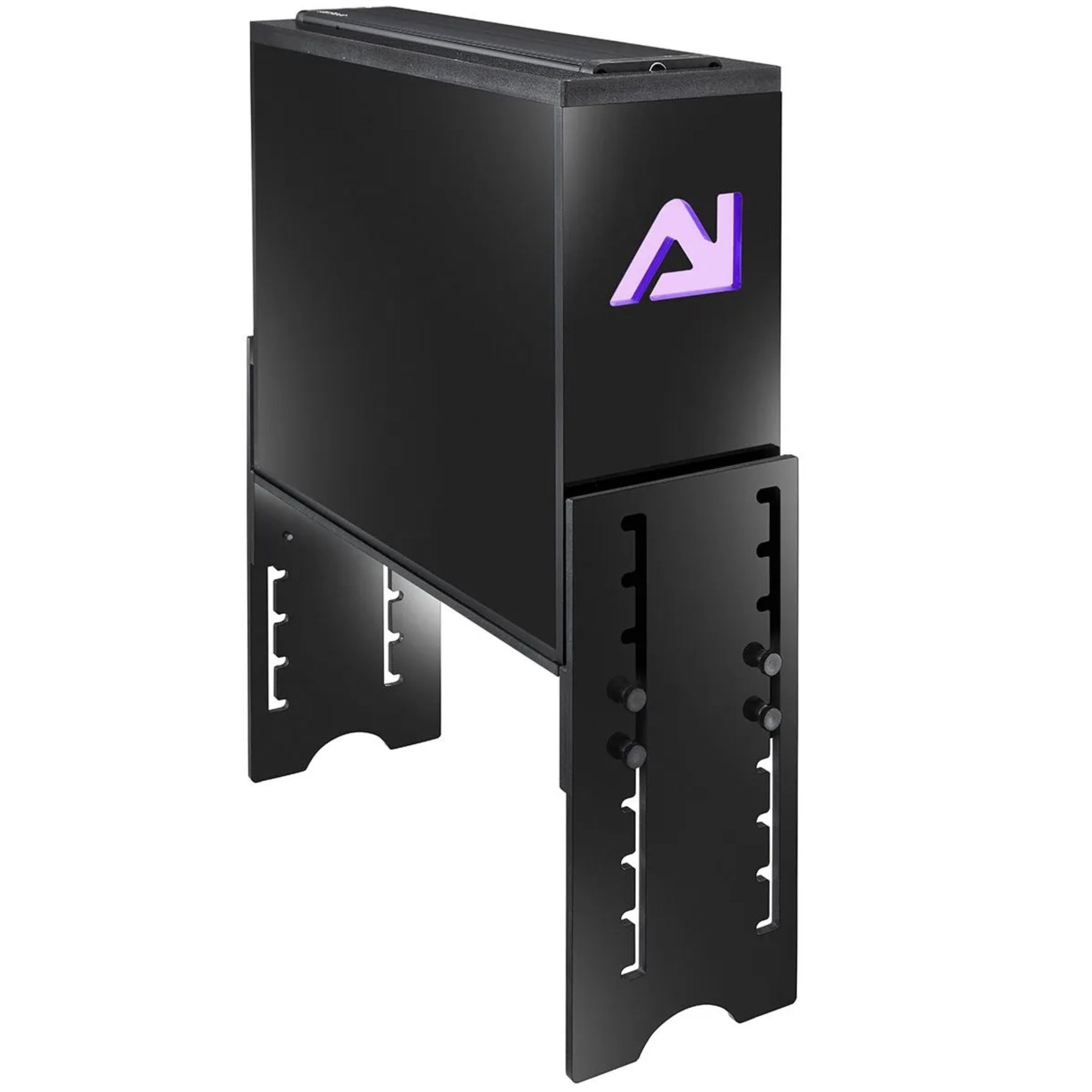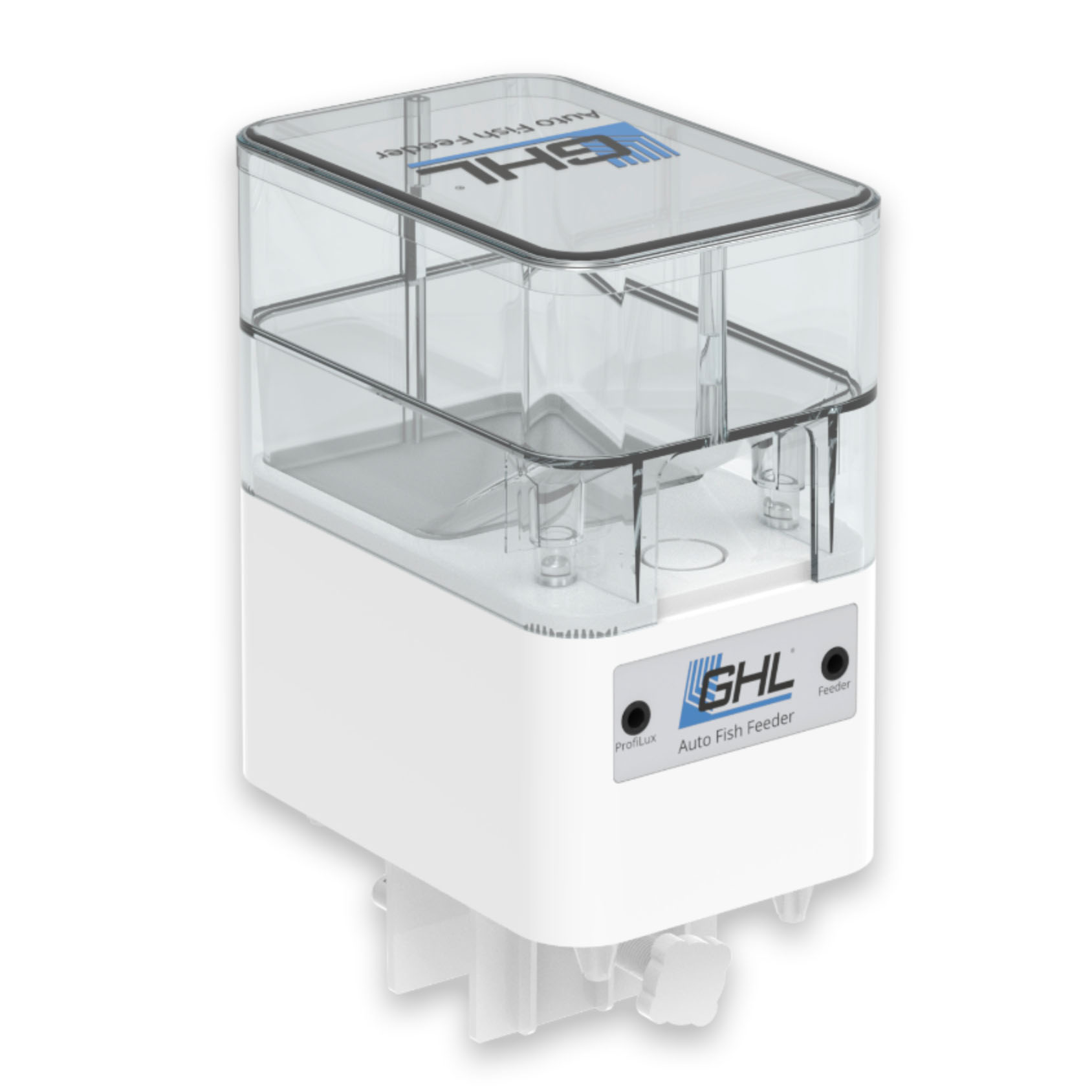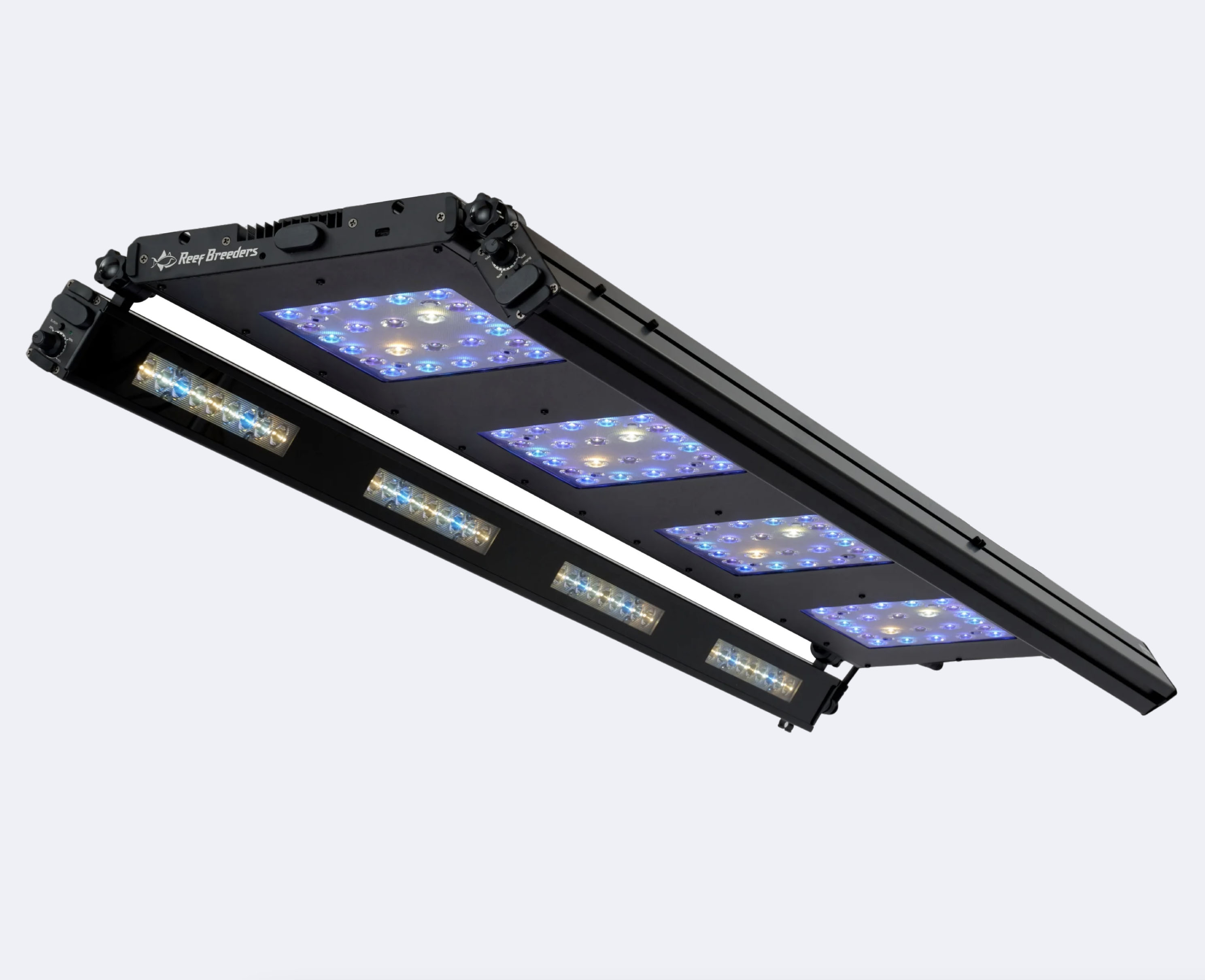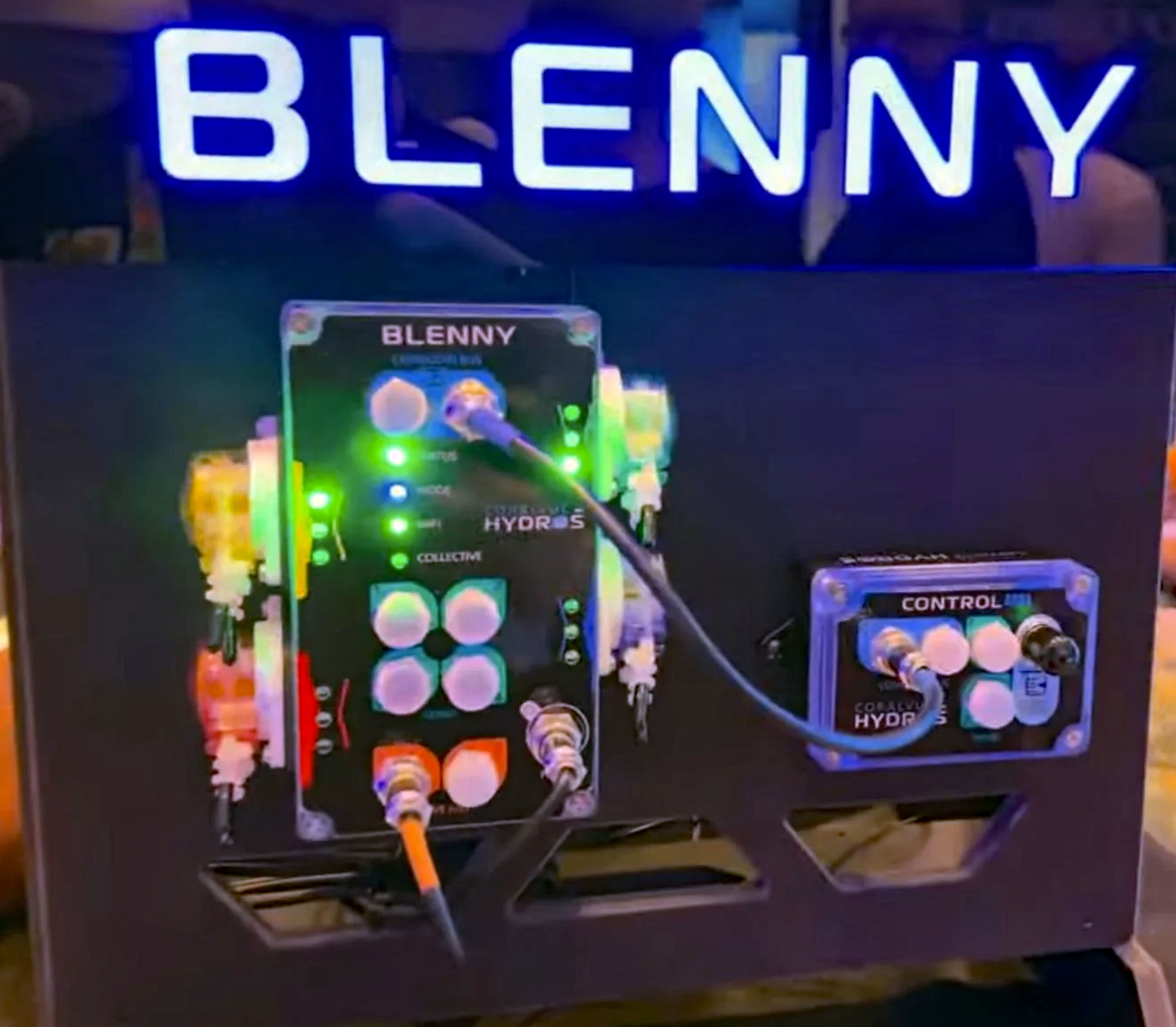We use cookies to make your experience better. To comply with the new e-Privacy directive, we need to ask for your consent to set the cookies. Learn more.
A Guide Mushroom "Corals", The Corallimorphs of The Ocean
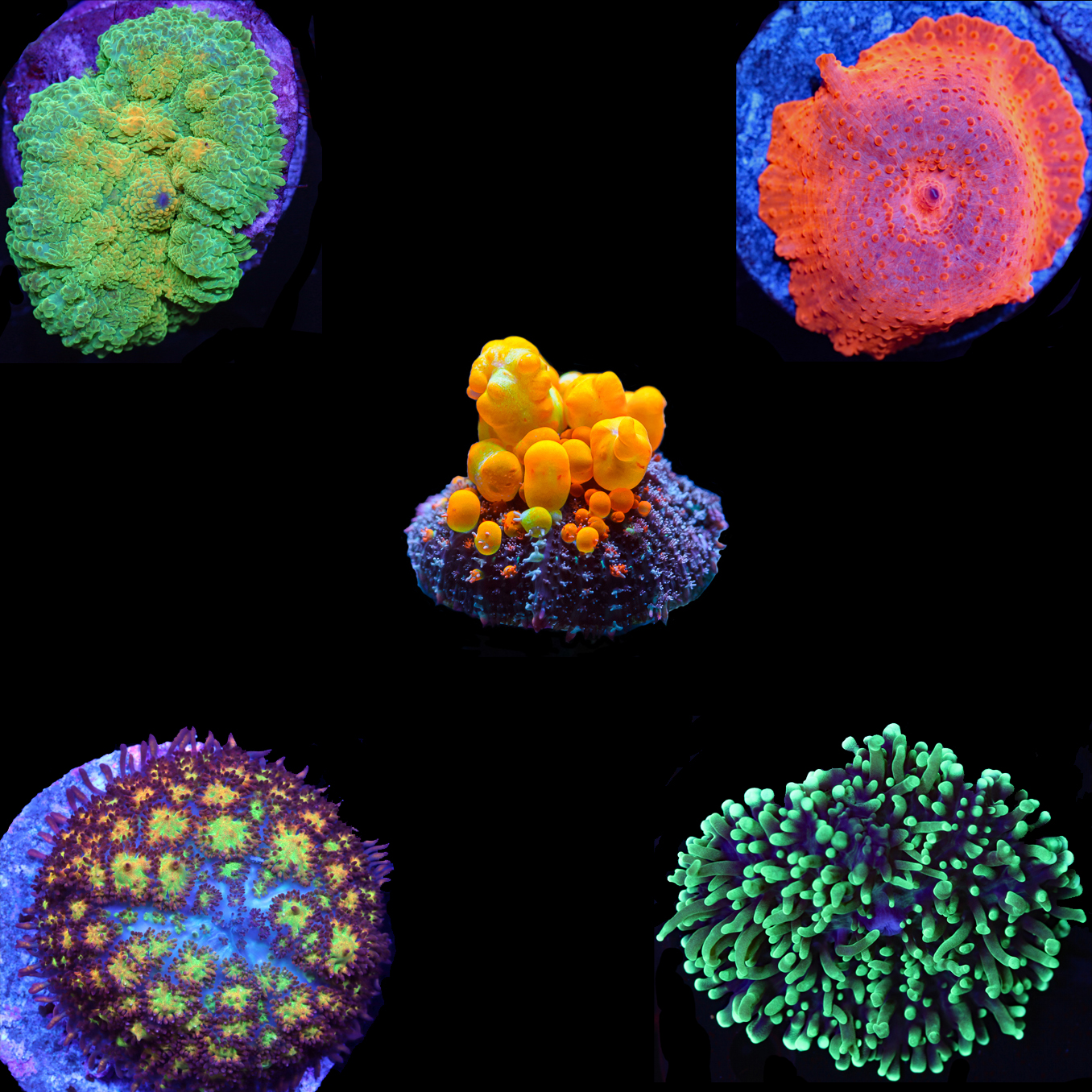
Within the colorful tapestry of the ocean's ecosystems lies a mesmerizing group of organisms known as mushroom corals. These captivating creatures, scientifically classified as Corallimorphs, are beloved by marine enthusiasts for their vibrant hues, unique shapes, and relatively low-maintenance care requirements. In this article, we delve into the world of mushroom corals, exploring their diversity, care needs, and some prized specimens that adorn the tanks of dedicated aquarists.
Diversity of Mushroom Corals:
Mushroom corals encompass a diverse array of species, each boasting its own distinctive characteristics. Among the most renowned and commonly found varieties in the aquarium hobby are the Ricordea yuma, Ricordea florida, Rhodactis, Discosoma (Discosomatida), and Actinodiscus. These names might sound like a tongue twister, but each brings its own distinct look to aquariums everywhere.
- Ricordea yuma and Ricordea florida are prized for their striking colors, ranging from vibrant orange to yellow and reds and various shades of greens and blues and violet. These species are often found in the warm waters of the Caribbean, where they thrive in shallow reef environments.
While Ricordea yuma can indeed be found in various locations throughout the Indo-Pacific region, including Indonesia, they are particularly abundant in the Caribbean Sea. The Caribbean is considered one of the primary regions for collecting Ricordea yuma due to its warm waters, suitable habitat conditions, and the presence of abundant populations.
However, it's worth noting that the distribution of Ricordea yuma is not limited to the Caribbean alone. They can also be found in other regions with similar environmental conditions, including parts of the Indo-Pacific such as Indonesia, the Philippines, and the Great Barrier Reef in Australia.
-
Rhodactis, boasts a wide array of color patters and textures across there disk shaped surface area and they are typically collected in the Indo-Pacific region.
-
Discosoma, belonging to the family Discosomatida, includes species with generally smooth, flat discs that come in a kaleidoscope of colors, making them a favorite among reef enthusiasts for their easy care and bold aesthetic appeal. Some of the more popular names are the Kryptonite, Jawbreaker, Candy Crush and Eclectus mushrooms.
Collection and Care:
Mushroom corals are commonly collected from tropical waters around the world, with popular collection sites including the Caribbean, Indonesia, and Australia and other locals.
Caring for mushroom "corals" is relatively straightforward, making them an excellent choice for both beginner and experienced aquarists. Here are some key care considerations:
-
Water Parameters: Mushroom corals thrive in stable water conditions with proper temperature, pH, and salinity levels. Maintaining a consistent environment is crucial for their health, longevity and reproduction in the aquarium by asexual means of fragging.
-
Lighting: Moderate to low lighting is ideal for most mushroom corals, as excessive light can lead to bleaching or stress. LED lighting with adjustable intensity and spectrum can provide the necessary illumination for optimal growth and coloration.
-
Water Flow: Gentle water flow is preferred, as strong currents can damage the delicate tissues of mushroom corals but generally speaking, most mushroom are easy to care for and great for beginner and advanced hobbyist alike. A wavemaker or powerhead can help simulate natural water movement within the aquarium.
-
Feeding: While mushroom corals derive nutrients through photosynthesis, they can also benefit from occasional feeding. Offering small meaty foods such as brine shrimp or mysis shrimp can supplement their diet and promote growth but we prefer to use foods like Benepets pellets, Fauna Marin LPS pellets and TDO pellets.
Corallimorphs and Their Enigmatic Charm:
Are mushroom really true corals? Well actually the are similar to true corals but they are classified as Corallimorphs. The term Corallimorph derives from the Greek words "coralli" (coral) and "morphe" (form), highlighting their coral-like appearance. Despite their resemblance to true corals, corallimorphs lack a hard calcium carbonate skeleton, making them more closely related to anemones than traditional stony corals. This distinction earns them the affectionate moniker "mushroom corals" among most hobbyists.
Exploring High-End Mushroom Corals:
In addition to the more commonly found species, there exist several sought-after varieties that command attention among collectors and enthusiasts:
-
OG Bounce Mushroom: Known for its bubbly appearance and vibrant orange coloration, the OG Bounce Mushroom is highly coveted for its unique aesthetic.
-
Eclectus Mushroom: This mesmerizing mushroom coral features a blend of contrasting colors, resembling the plumage of the Eclectus parrot. Its striking hues and intricate patterns make it a prized addition to reef tanks.
-
Candy Crush Mushroom: With its candy-like swirls of pink, purple, and blue, the Candy Crush Mushroom is a visual delight, adding a pop of color to any aquarium.
-
Kryptonite Mushroom: True to its name, the Kryptonite Mushroom captivates with its glowing green coloration, evoking images of the legendary substance from comic books.
-
Jawbreaker Mushroom: Named after the popular candy, the Jawbreaker Mushroom boasts concentric rings of vibrant colors, reminiscent of its namesake confectionery.
These high-end mushroom corals are cherished not only for their beauty but also for the challenge they pose to aquarists seeking to cultivate and propagate them in their home aquariums.
Mushroom "corals" can reproduce both sexually and asexually. Asexual reproduction, which involves the creation of genetically identical clones, is the most common method for mushroom corals.
Here's a general overview of how mushroom corals propagate themselves:
-
Budding: Mushroom corals can produce new individuals through a process called budding. This occurs when a small bud forms at the base of the parent coral. Over time, the bud grows and eventually detaches from the parent.
-
Division: Some mushroom corals are capable of dividing themselves into multiple individuals. This process, known as division or fission, typically occurs when the coral reaches a certain size or under specific environmental conditions. The coral essentially splits into two or more separate entities, each capable of growing independently.
How to frag mushrooms with a Gryphon AquaSaw and iodine:
-
Preparation: Before fragging, ensure that your Gryphon AquaSaw is clean and in good working condition. Also, prepare a container of iodine solution for disinfection.
-
Selecting the Coral: Choose a healthy mushroom coral specimen for fragging. Make sure it's free from any signs of disease or stress.
-
Fragging Process: Carefully use the Gryphon AquaSaw to cut the coral. Start by gently cutting directly through the center of the mushroom coral and directly though the mouth (oral disk), creating two individual frags. It's crucial to make clean, precise cuts to minimize stress and damage to the coral. Also you can run a mixture of odine and saltwater in the saw reservoir while making the cut. The iodine helps kill any harmful bacteria as the mushroom is healing.
-
Iodine Treatment: After fragging, immediately place the coral frags into the iodine solution for a brief dip. Iodine helps sterilize the cut areas, further reduces the risk of bacterial infections.
-
Rinsing: After the iodine dip, rinse the coral frags thoroughly with clean saltwater to remove any excess iodine solution.
-
Placement: Once the frags are clean and free from contaminants, you can place them in your aquarium or frag tank. Ensure they have suitable lighting, water flow, and water parameters to promote healing and growth.
-
Monitoring: Keep a close eye on the fragged corals in the following days to make sure it has healed properly. Monitor for any signs of stress, infection, or tissue necrosis. Provide appropriate care and maintenance as needed to support their recovery and growth.
Remember, fragging should be done with caution and precision to minimize stress and maximize the chances of successful propagation. Additionally, proper husbandry practices, such as maintaining water quality and providing adequate nutrition, are essential for the health and well-being of mushroom corals, both before and after fragging.
Mushroom Corallimorphs offer a fascinating and beautifull addition into your reef aquarium and we recommend selecting species and color variants that don't devide too rapidly in smaller reef tanks. If you need any help selecting the right corals for your aquarium then please contact us and we will be happy to help!




